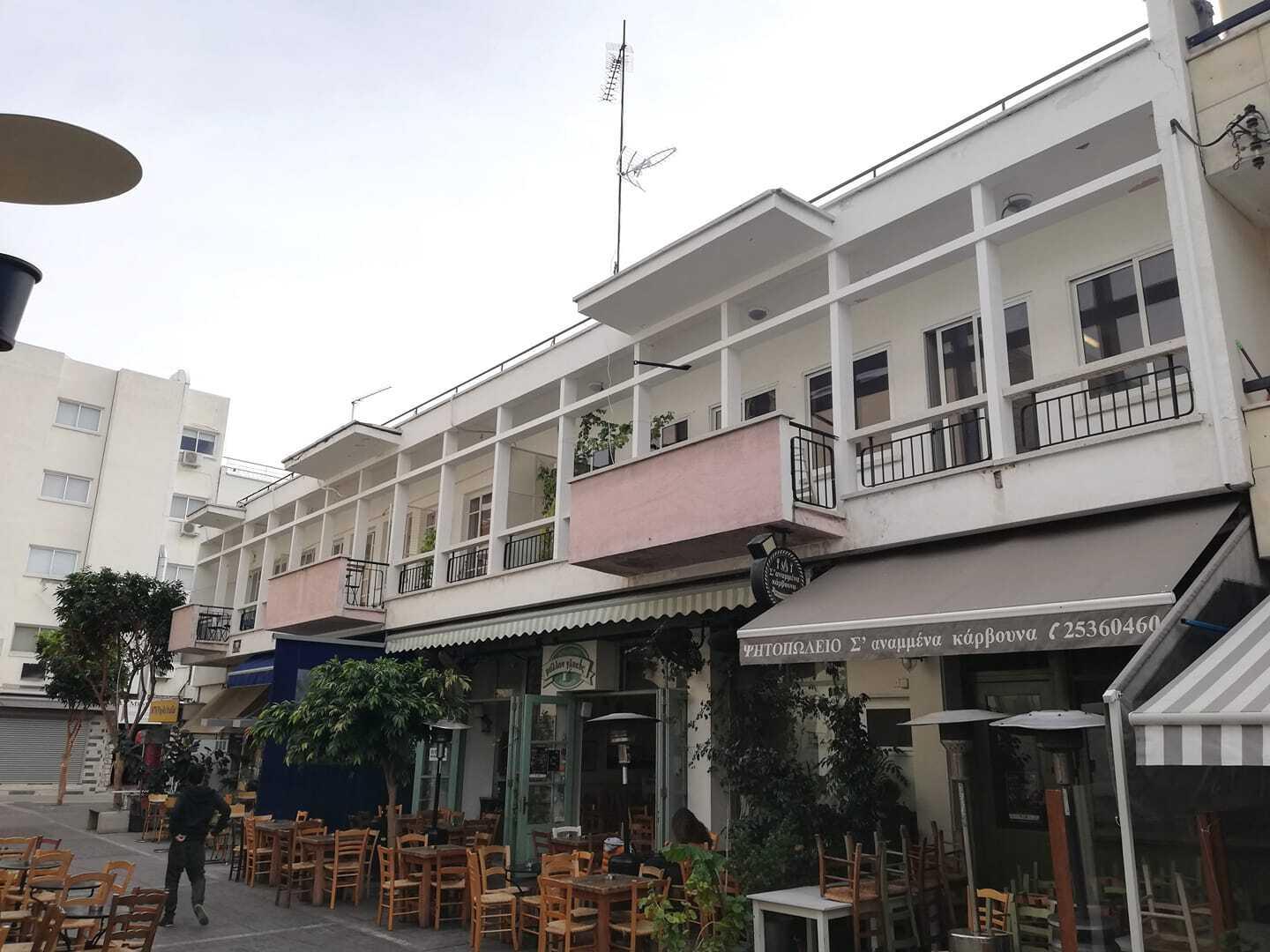The many faces of Modernism have dominated architecture for more than half a century.
It owes its origins to the Industrial Revolution of the 19th century. With the advent of new building materials and technologies - notably reinforced concrete, metal and glass - it became possible to create fundamentally new buildings. Modernism was invented by a simple French gardener, Joseph Monnier, who was trying to find a solution to the problem of making caddies for plants in his garden. As with many other styles, Modernism was first developed in the construction of public buildings and then became popular in private construction. The basic principles of Modernism were as follows
- Ubiquitous use of modern building materials and structures.
- Emphasis on functionality and rationality in the design of the house.
- Minimal desire for decorative ornamentation (especially the facades of buildings and the general appearance of buildings). In honour - strict purity and straightforwardness of forms.
- International character of the style. In the design of modernist buildings, it is difficult to detect national colouring.
This great architectural movement has not passed Cyprus by.
Cypriot Modernism
The modern architectural history of Cyprus begins in the 1930s, when architects from Europe began to arrive in Cyprus, bringing with them the ideas of architectural modernism. After the Second World War, 'corporate modernism' became increasingly popular and office buildings were built in its spirit. Cyprus' full independence, which began in 1960, led to a building boom. Office buildings, hospitals, schools and kindergartens were built.
As for modern architecture, as in many Mediterranean regions, it developed according to the canons of Functionalism and Laconism. This style was developed by the German Bauhaus school of architecture. It was also influenced by the work of Ludwig Mies van der Rohe, whose style is based on the idea of a universal abstract form.
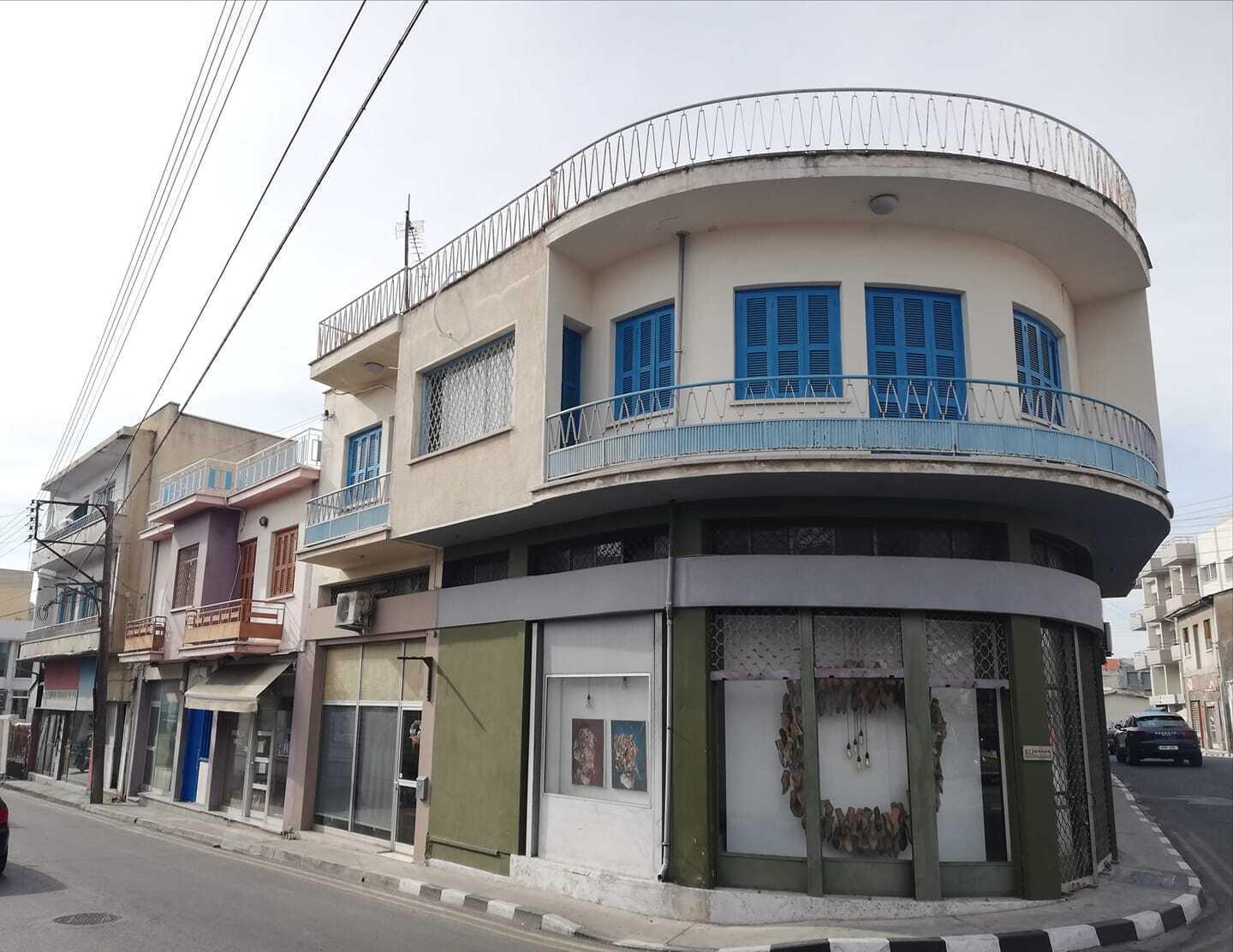
Modern villas and townhouses in Cyprus, as in many other countries, follow trends that are in principle very close to traditional Cypriot architecture. The main room of a private home is the open plan living room. The secondary rooms are grouped around it, following the recommendations of Gropius and Mies van der Rohe. In those years, Limassol experienced the greatest construction boom and gained a reputation as an international business centre. Today, Cyprus' educational institutions continue the tradition of Cypriot urban planning. Architects and designers use new materials and technologies while maintaining the traditional Mediterranean style.
Key features of Cypriot Modernism
Modernist architecture in Cyprus has a number of unique features that set it apart from its European counterparts. This is due to both the natural conditions of the island and its cultural heritage.
- Use of local materials: Most modernist buildings in Cyprus were constructed of natural stone, concrete and glass, emphasising the minimalist style and creating harmony with the environment. At the same time, local architects often used materials that were characteristic of traditional Cypriot architecture, allowing the buildings to blend seamlessly into the overall landscape of the island.
- Functionality and simplicity of form: One of the key principles of Modernism in Cyprus was the use of simple geometric forms and the avoidance of excessive decoration. Architects created buildings that responded to the immediate needs of the population, such as schools, hospitals and administrative buildings, giving the style a practical orientation.
- Climate adaptation: Cyprus' sunny and hot climate required buildings that provided natural ventilation and shade. This led to the widespread use of large windows, terraces and balconies, as well as canopies and arches to provide shade and natural cooling.
- Influence of traditional architecture: Cypriot modernism retained respect for the island's traditional architectural designs, such as courtyards, flat roofs and white façade colours typical of the Mediterranean style. These elements have been adapted to new functional objectives, creating a harmony between old and new.
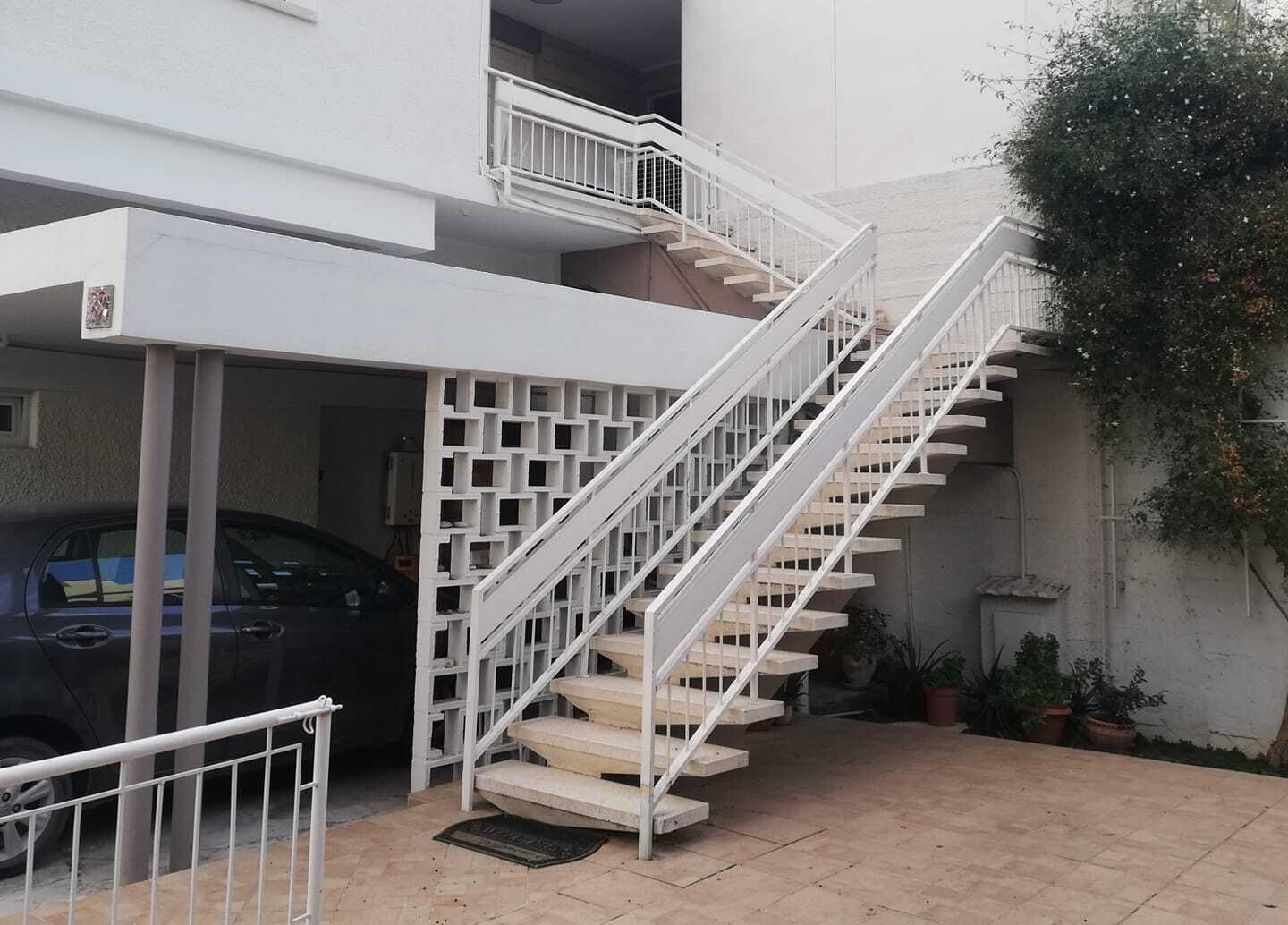
Monuments of modernism in Limassol
Time passes, fashions change. However, there are still many examples of Cypriot Modernism to be seen around the island. The most prominent of these are the Cyperunda Sanatorium, Limassol Town Hall, the library of the All-Cypriot Gymnasium, St George's Lyceum and St Mary's School. Today, however, we want to tell you about the less iconic sites scattered around Limassol. And there are quite a few of them in the city! In our selection, we have included lesser known but very impressive modernist buildings. Have a look at the photos. Maybe you will recognise one of them.
Buildings on Irinis Street
Irinis Street is one of the oldest streets in Limassol. It has best preserved its original appearance, which it acquired in the early twentieth century. Under the British, the street was called Victoria Street (in honour of Queen Victoria), although the area itself has been known since ancient times as Marafevtogitonia. The name comes from the fact that it was once home to merchants and wealthy traders from the villages of the Marafas Valley. Evidence of its former luxury can be seen in the architecture of the many colourful buildings that line the street.
Built of stone, with characteristic arched doorways, ornate stone carvings and narrow balconies with wrought-iron railings typical of colonial architecture, the houses here are truly a monument to history. But the jewel of the modernist era is the Hadzipapa family home. The mansion originally belonged to a Turkish Cypriot who was also a dentist. It housed a clinic and a block of flats. After the partition of the island, the owner sold the building to a Greek Cypriot family. It should be mentioned that the building was designed by the architects N. Roussos and I. Perikleous.
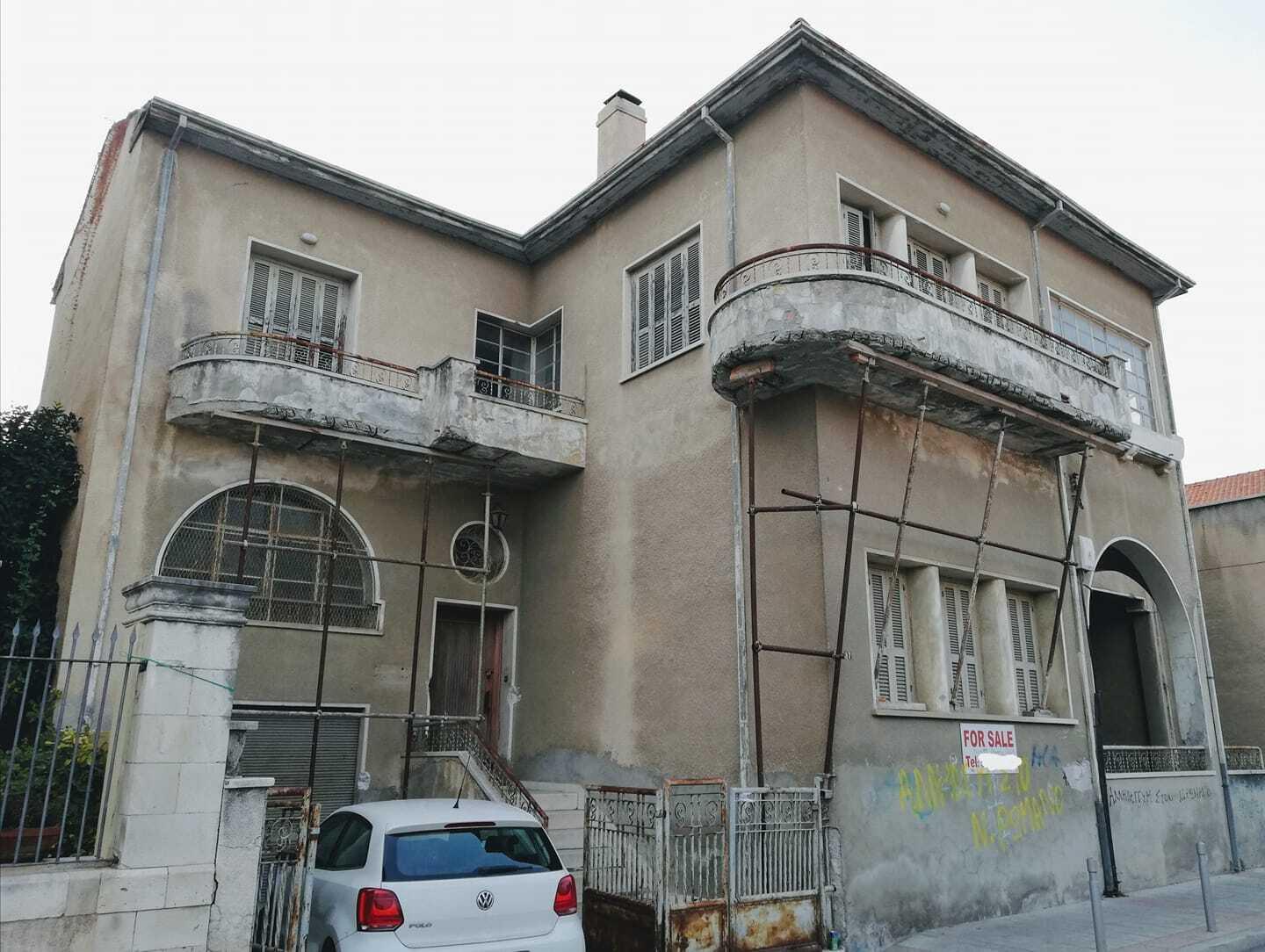
A little further down the street is another 'monument' to modernism. Unfortunately, it is not known who is the author of this creation.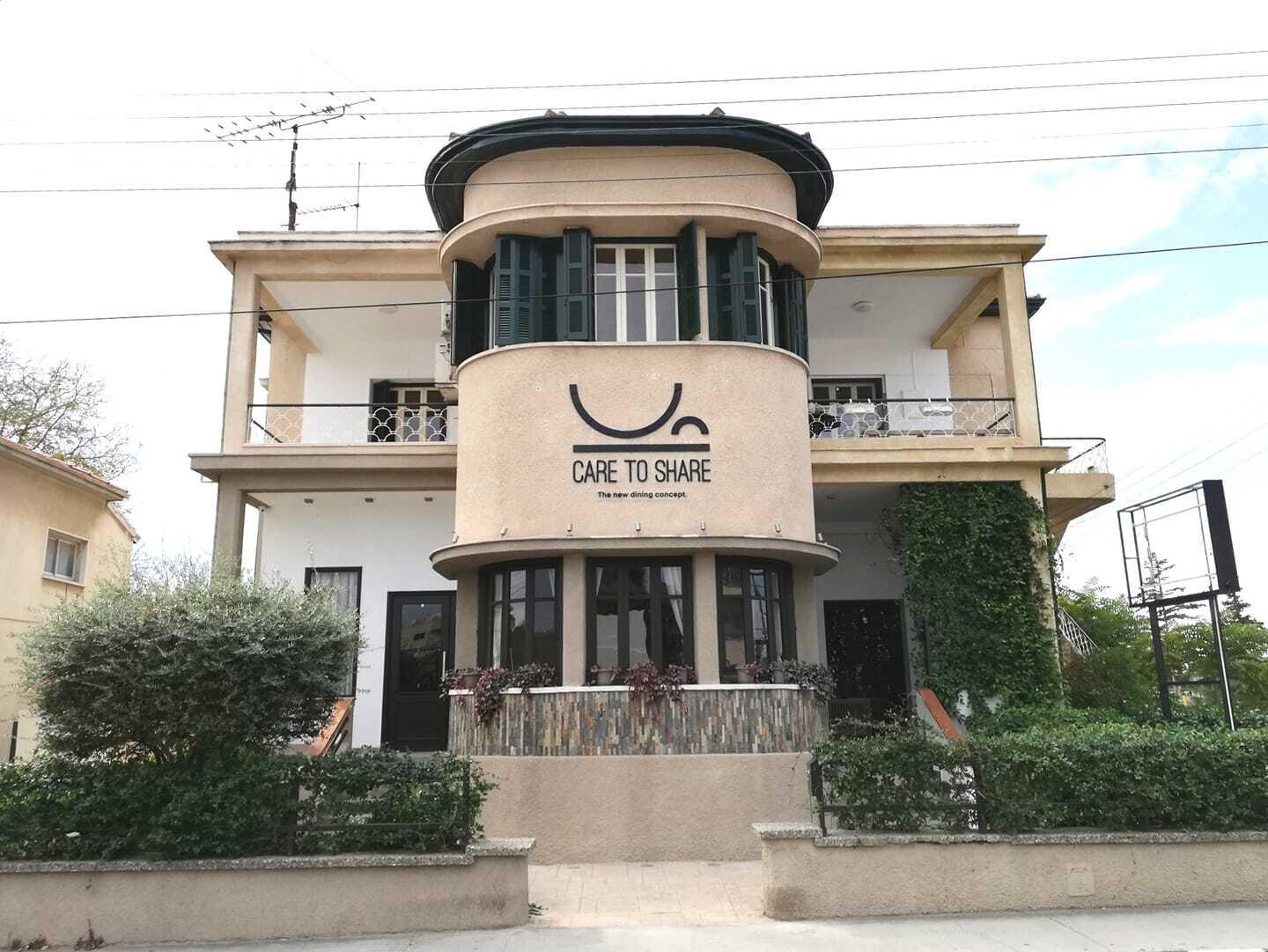
Buildings on Thessaloniki Street
The famous Thessaloniki Street in Limassol is decorated with two modernist buildings. One is on the corner with Epikouro Street. It has a pharmacy and a shop on the ground floor, while the upper floors are occupied by apartments. The second building is on the corner of Oratiu Street. It houses a medical centre. The building was constructed in 1965 and was designed by the architect Foivos Polydoridis.
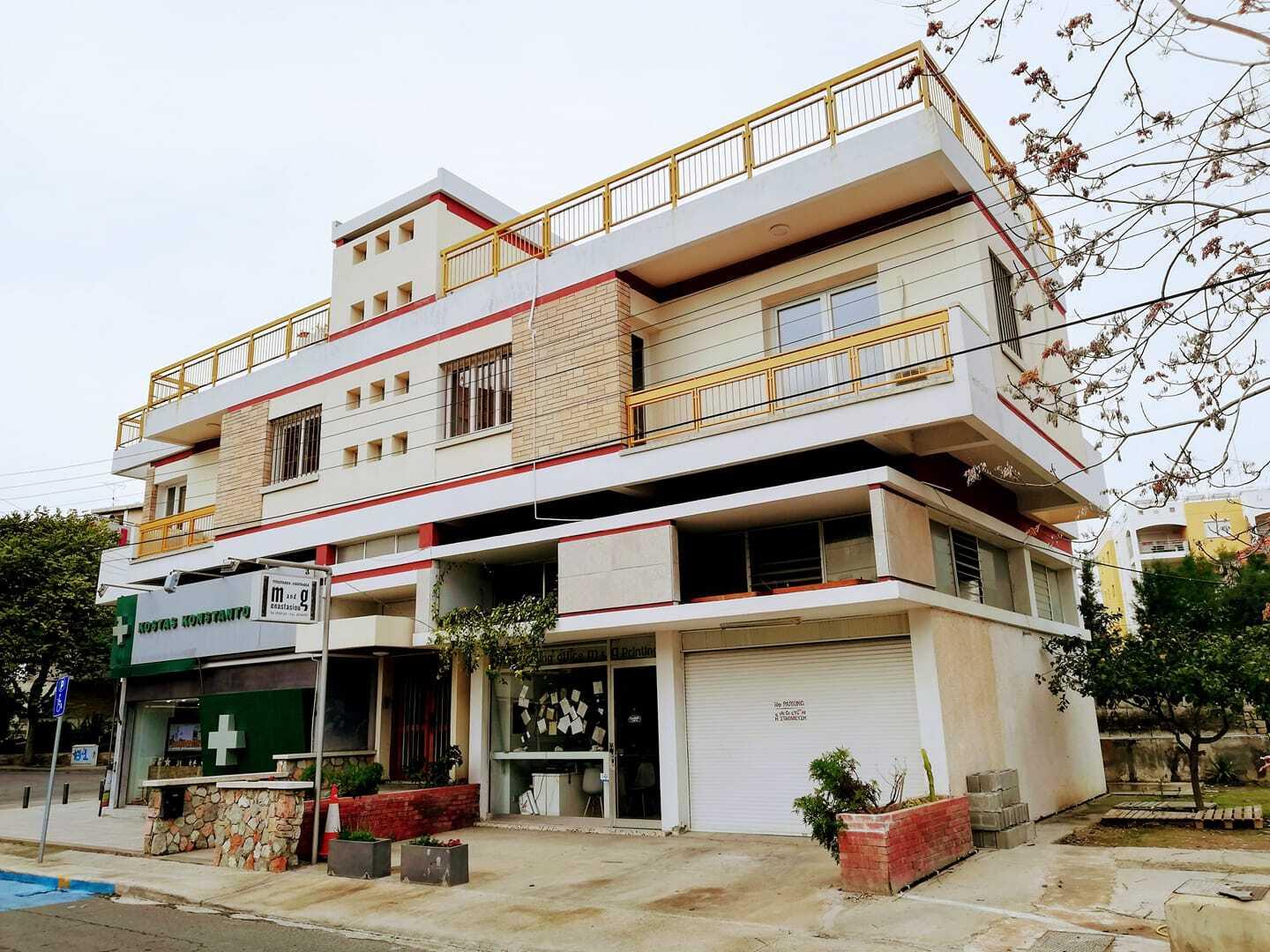
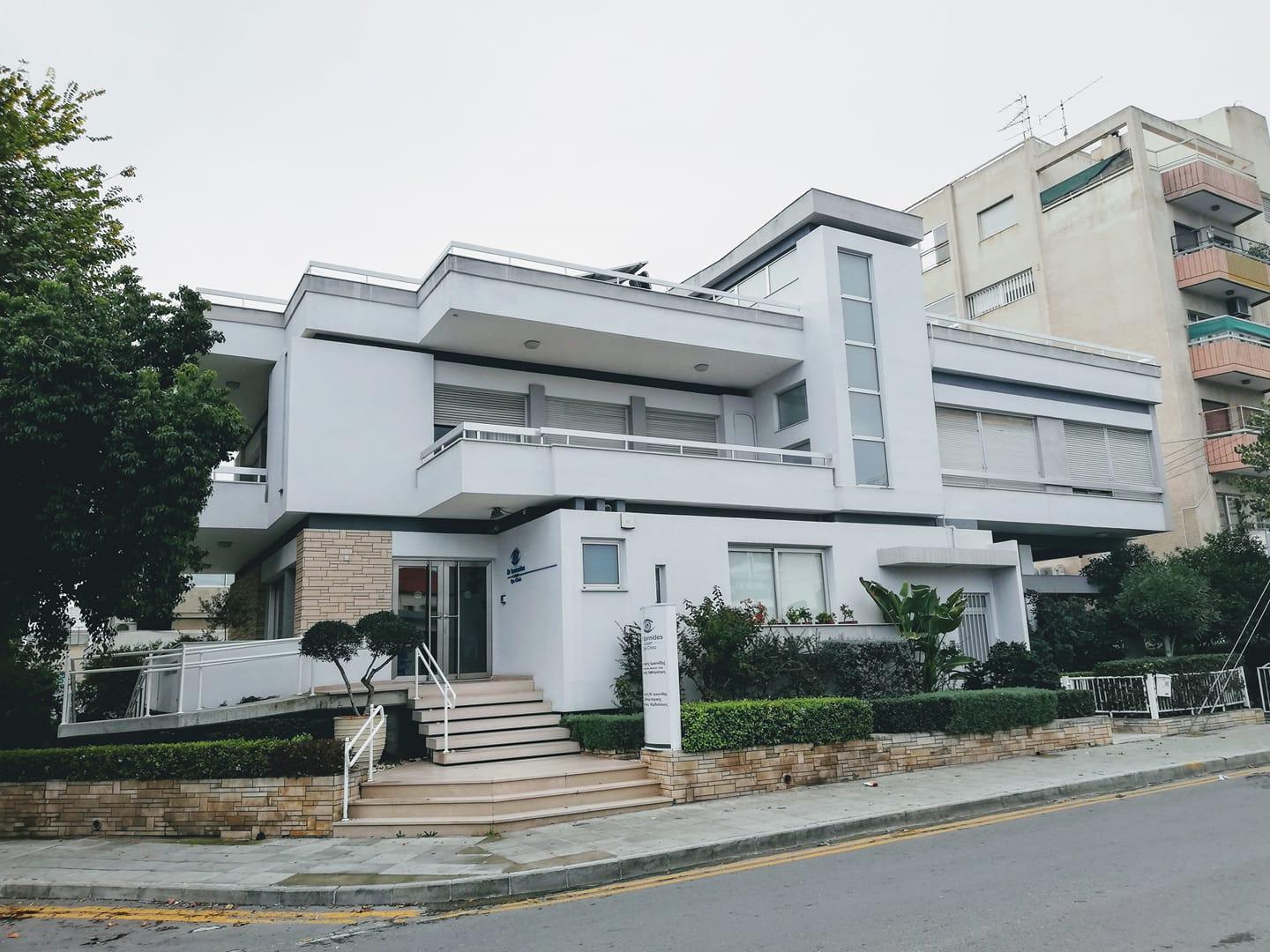
Building on Agias Filakseos Street
A rather imposing modernist apartment building was built on Agias Filakseos Street in the mid-1970s. It now houses shops and offices.
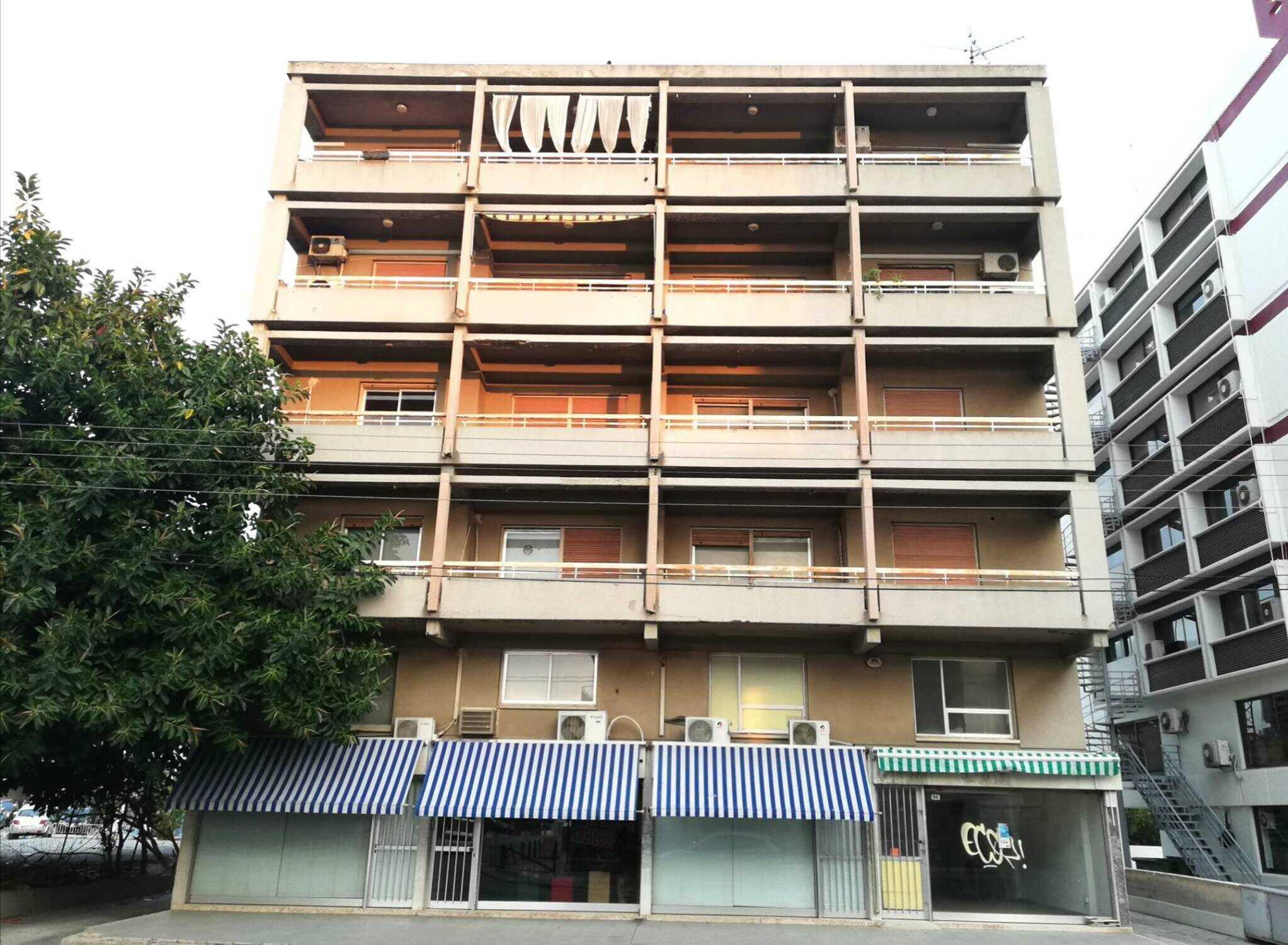
A little further along, at the junction with Agios Nikolaos Street, you will find another building, this time a mixed-use modernist building. The ground floors are traditionally occupied by shops, while the upper floors are occupied by ordinary Cypriots.
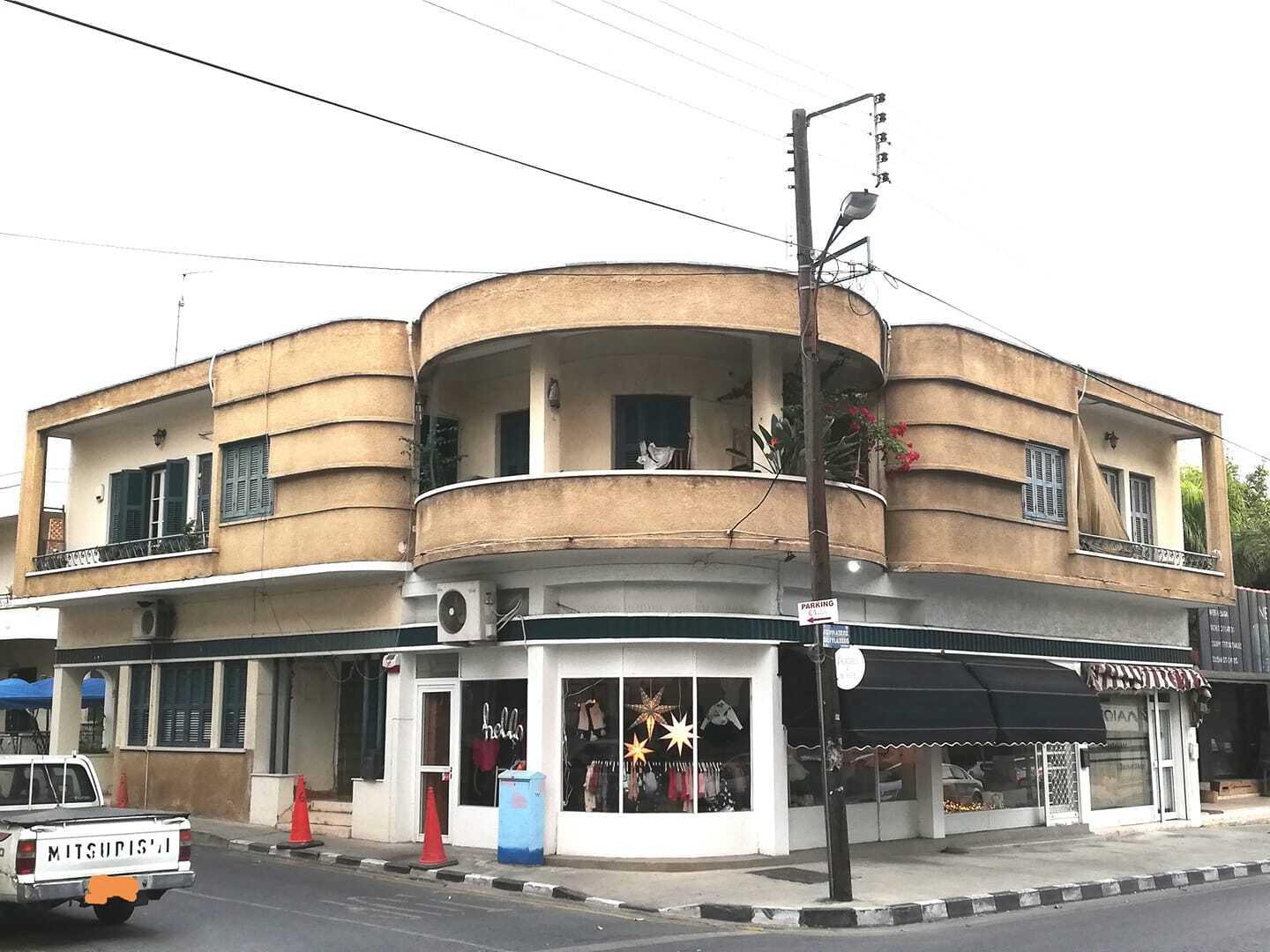
Walk a little further inland and you will see a whole complex of shops and apartment blocks in the style of Cypriot Modernism.
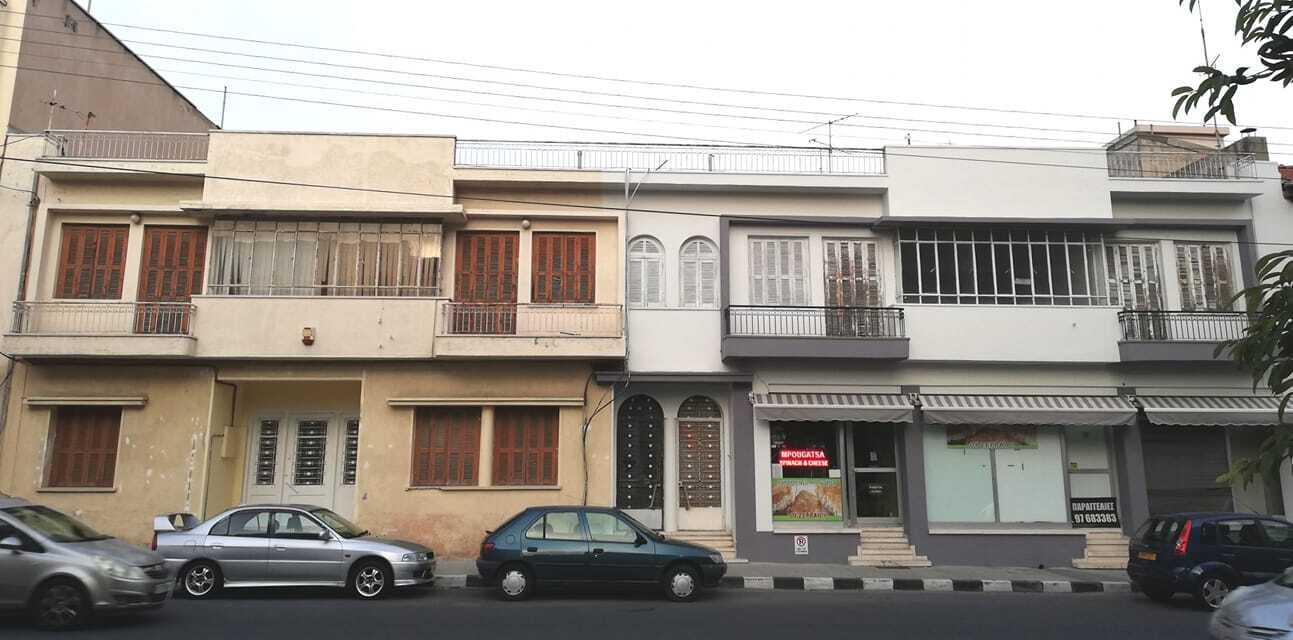 Buildings on Makarios Avenue
Buildings on Makarios Avenue
Makarios Avenue in Limassol is one of the busiest places in the city these days, with vibrant cultural and economic activity, intensive development of business infrastructure, office buildings and residential complexes. Despite this, there are many properties of historical interest to be found here. In particular, houses built in the modernist style. Among them: apartment buildings, mixed-use buildings, mixed-use buildings, mixed-use buildings, private residences.
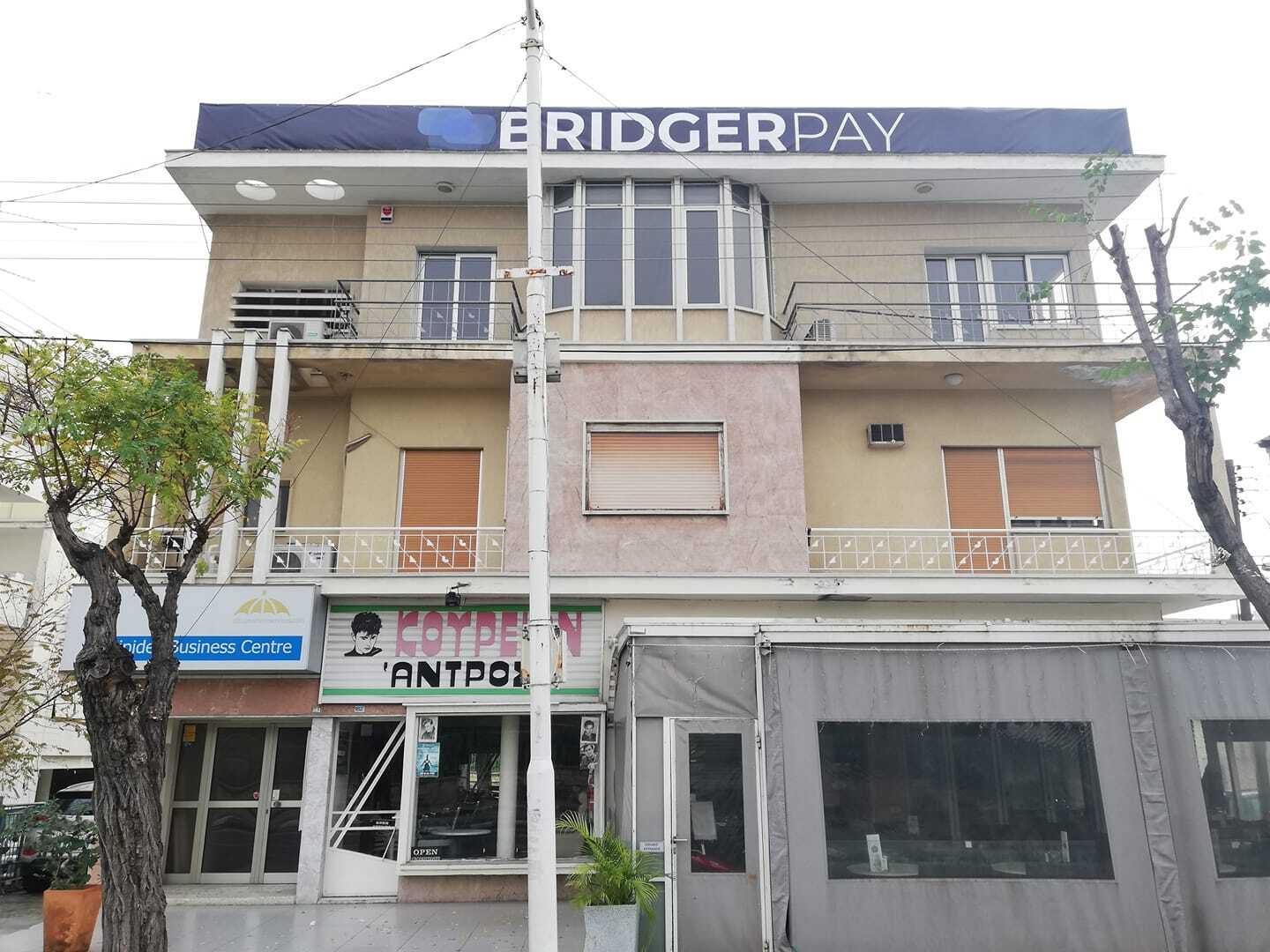
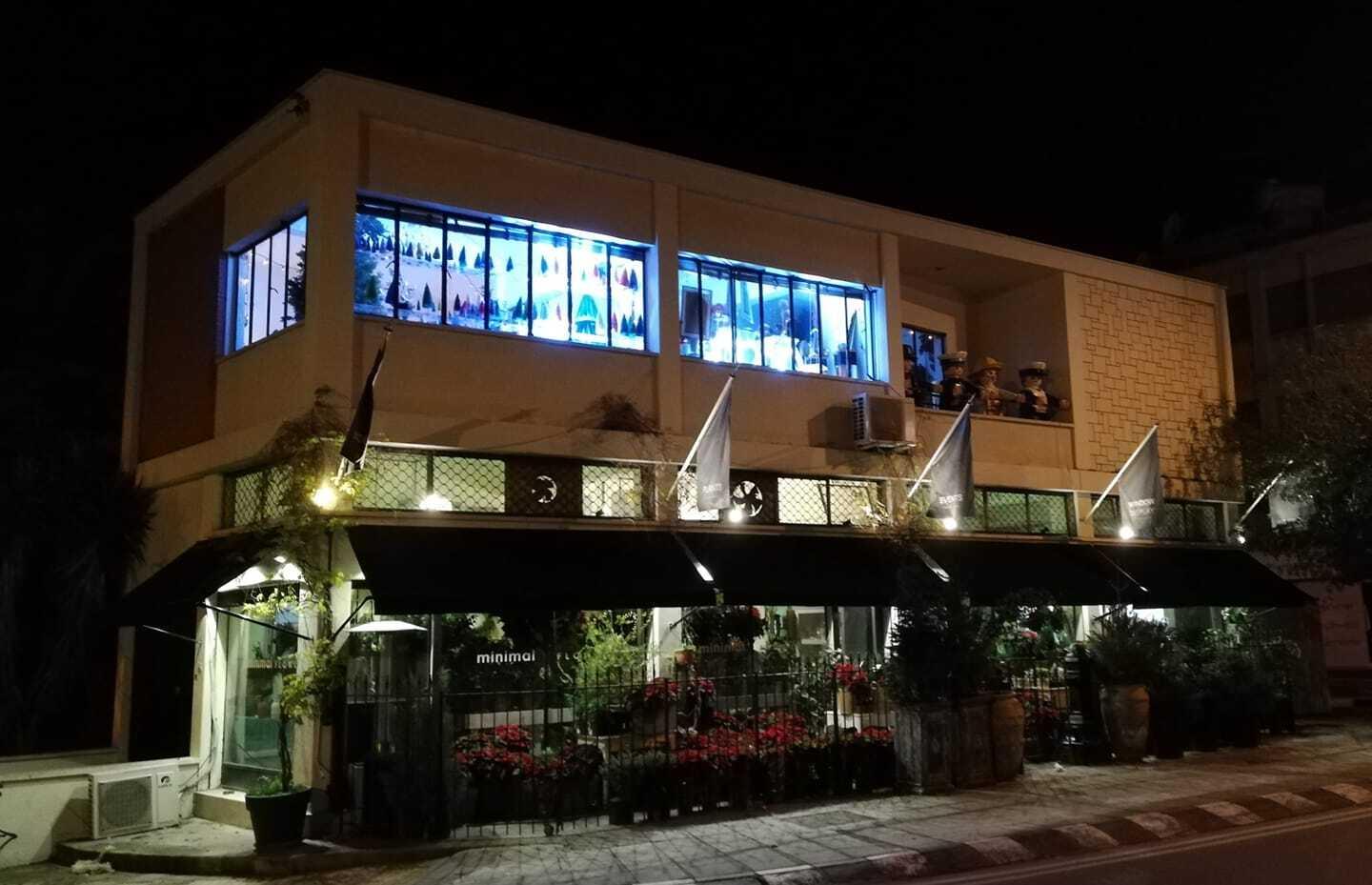
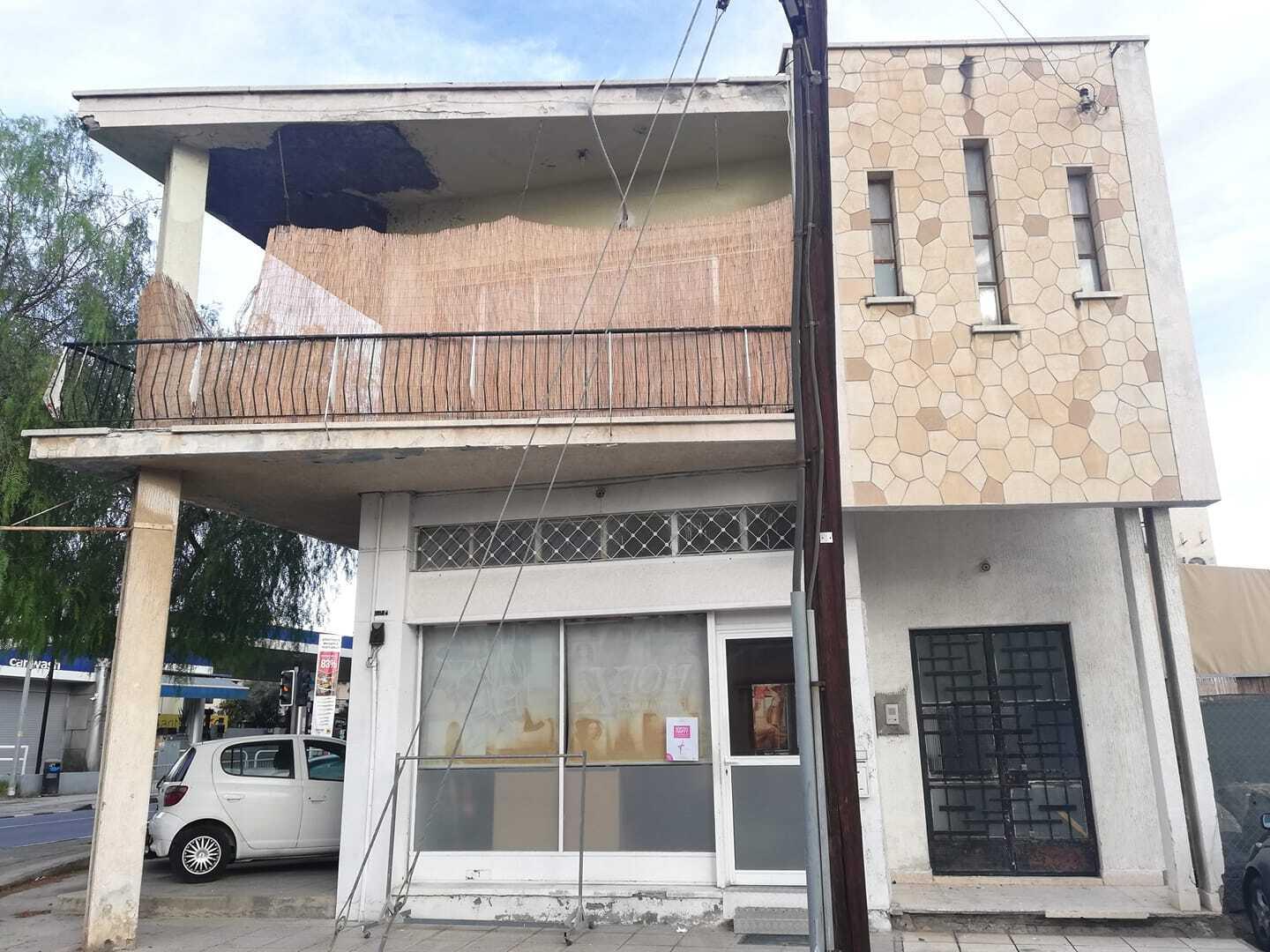
Buildings in the Mesa Getonia area
Mesa Getonia is a neighbourhood with a high concentration of modernist buildings. Buildings of this architectural style can be found on Sfakion Street, Stylianou Street and Dimitriou Pouliou Street. They were all built around the 1960s. The authors of these buildings are Cypriot architects.
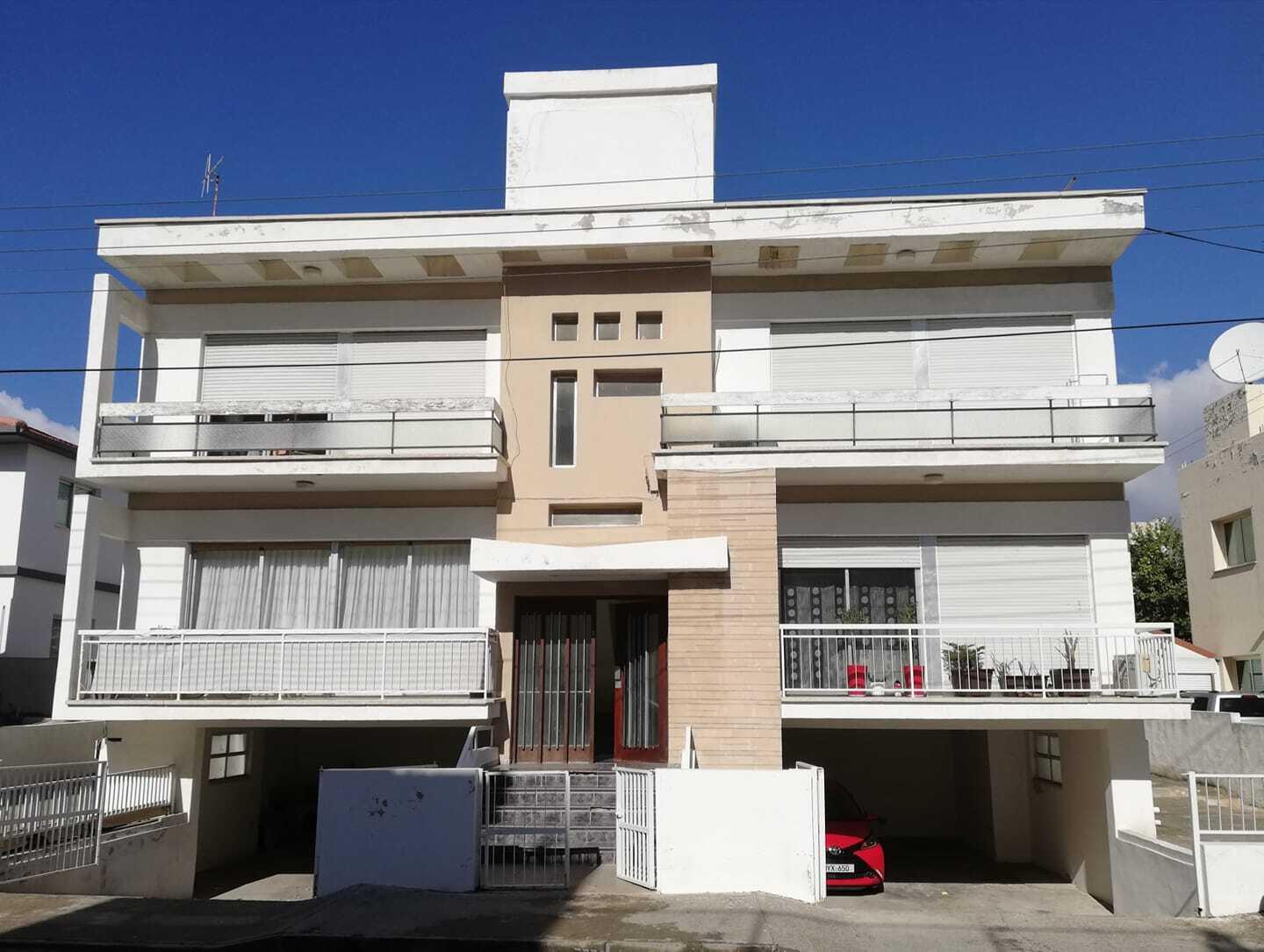
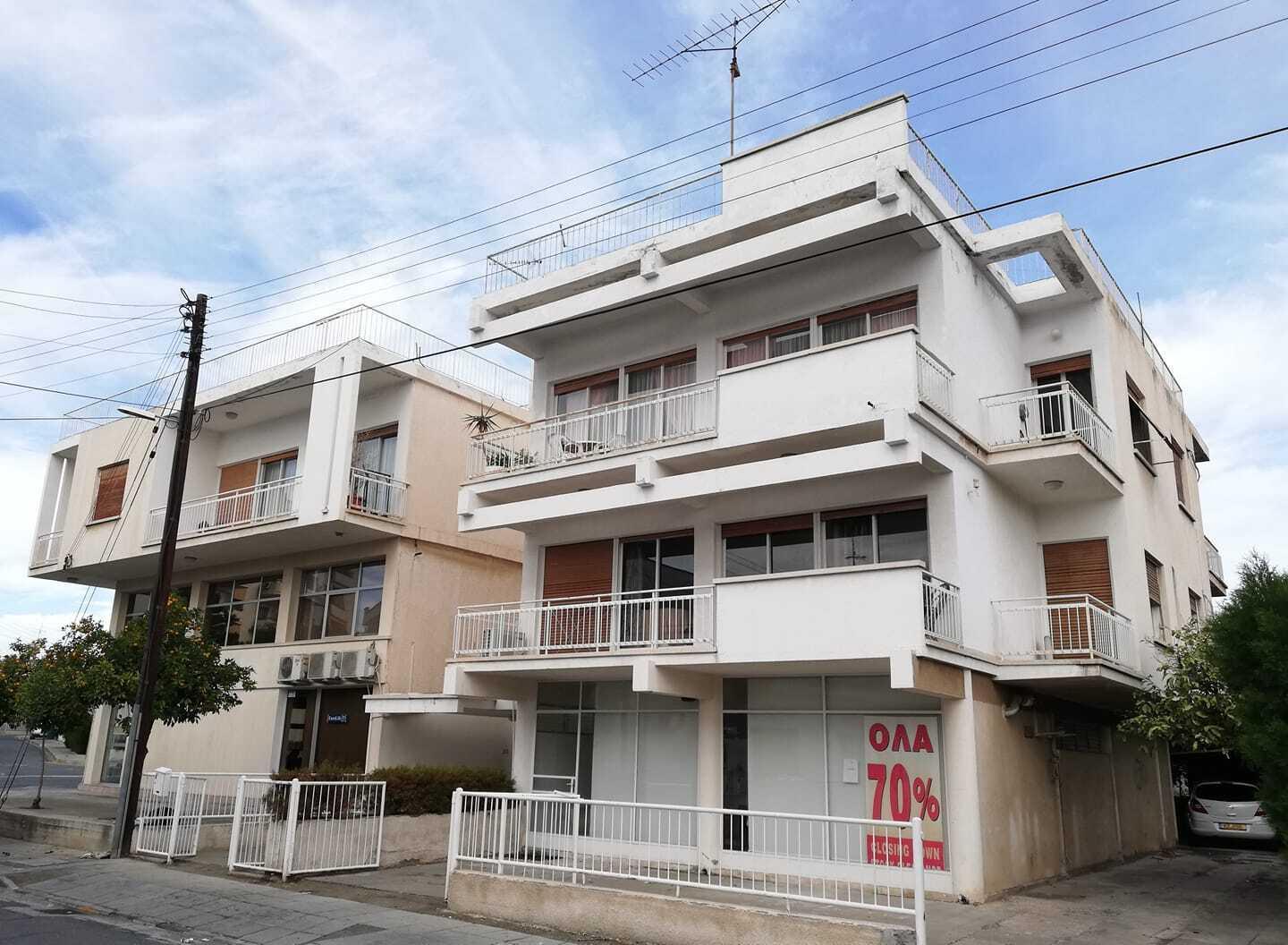
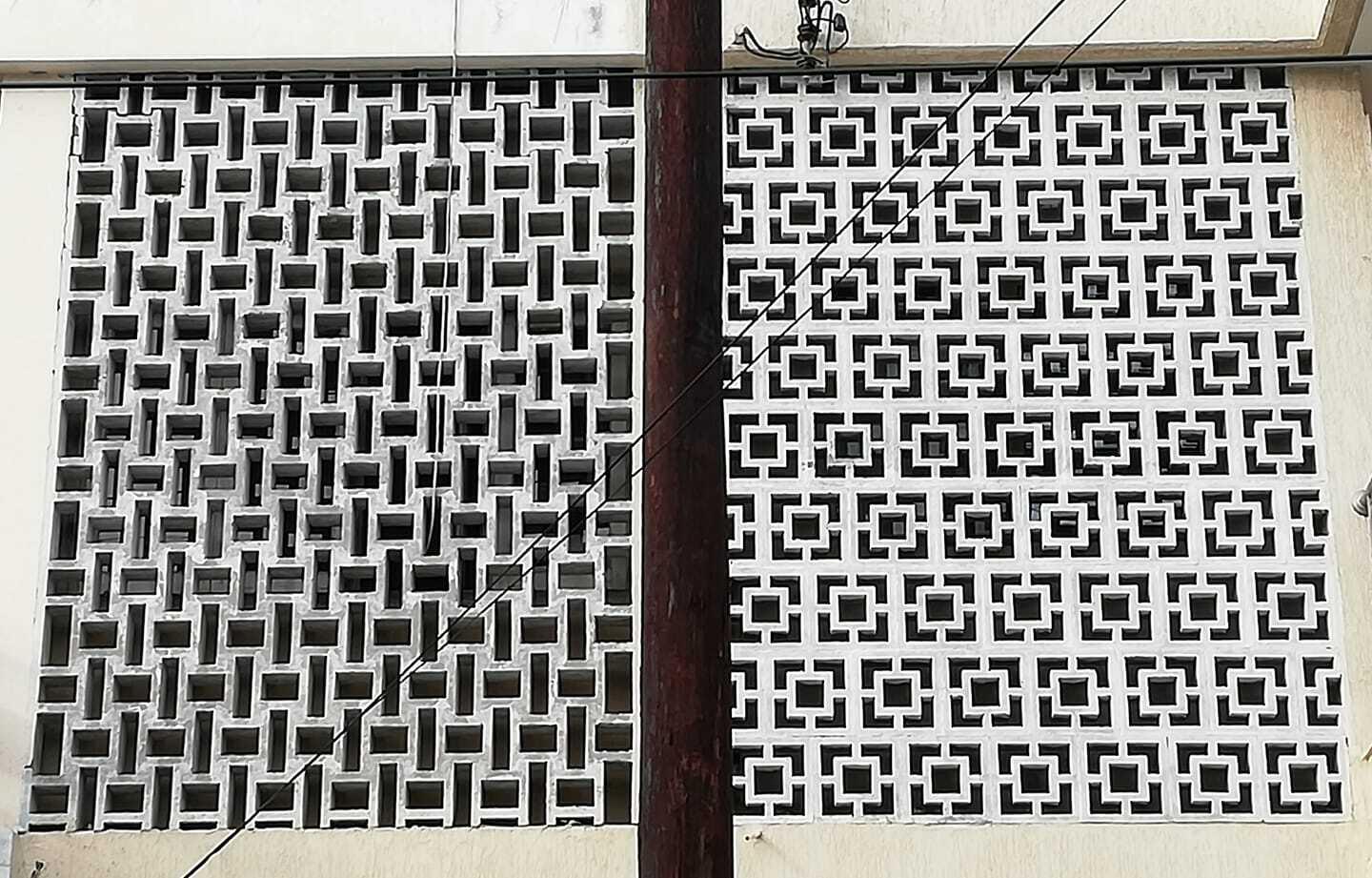
Modernism in Cyprus
Today, modernist ideas remain relevant to architecture in Cyprus, although they are modified to take into account new technologies and environmental requirements. Modern construction on the island continues to actively use the principles of rationalism and functionality, but also adds elements related to sustainable development.
Modern architects in Cyprus are increasingly turning to environmentally friendly materials, energy saving technologies and renewable energy sources, in keeping with the spirit of Modernism - creating comfortable, functional and sustainable buildings. Modernism continues to be relevant, inspiring new generations of Cypriot architects to create buildings that combine aesthetics, functionality and respect for the environment.
Read also:

